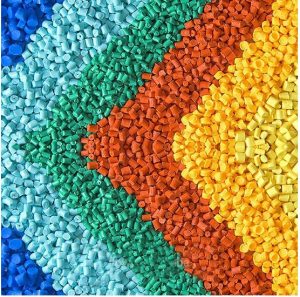Difference Between PP Plastic and PE Plastic

PP and PE are two commonly used plastic materials, but they differ significantly in their applications. The following section will outline the distinctions between these two materials.
| Chemical Name | Polypropylene | Polyethylene |
| Structure | No Branching Chain Structure | Branched Chain Structure |
| Density | 0.89-0.91g/Cm³ | 0.93-0.97g/Cm³ |
| Melting Point | 160-170℃ | 120-135℃ |
| Heat Resistance | Good High Temperature Resistance, Can Withstand More Than 100℃ High Temperature | High Temperature Resistance Is Relatively Poor, Usually Can Only Withstand 70-80℃ High Temperature |
| Flexibility | High Hardness, But Poor Flexibility | Good Flexibility, Not Easy To Break |
The chemical name, structure, density, melting point, heat resistance, and toughness of PP and PE differ significantly as evident from the aforementioned table. These distinctions determine their divergent applications.
Due to its high hardness, poor toughness, excellent high temperature resistance, and good insulation properties among other characteristics, PP is commonly employed in the production of plastic boxes, plastic drums, auto parts, electrical accessories etc. On the other hand, PE finds extensive use in manufacturing water pipes,cable insulation materials,and food bags owing to its commendable toughness,wear resistance ,softness,and low temperature resistance.
The appearance of PP and PE may be similar, but their performance characteristics differ significantly. Therefore, the selection of applications should be based on specific material characteristics.
